-
×
-
×
-
×
-
×
-
×
-
×
Assorted Colour Vampire Crab Geosesarma Sp 2-3Cm 1 × £8.71
-
×
-
×
-
×
-
×
Subtotal: £196.53



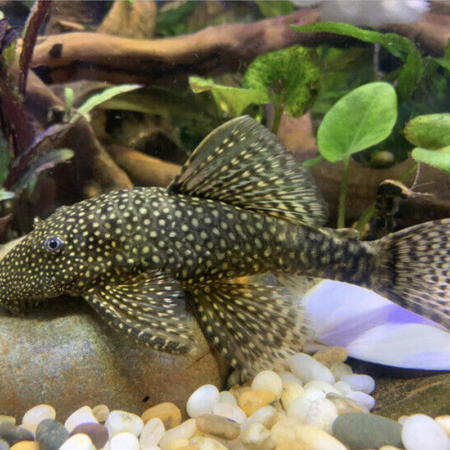


 Assorted Colour Vampire Crab Geosesarma Sp 2-3Cm
Assorted Colour Vampire Crab Geosesarma Sp 2-3Cm 

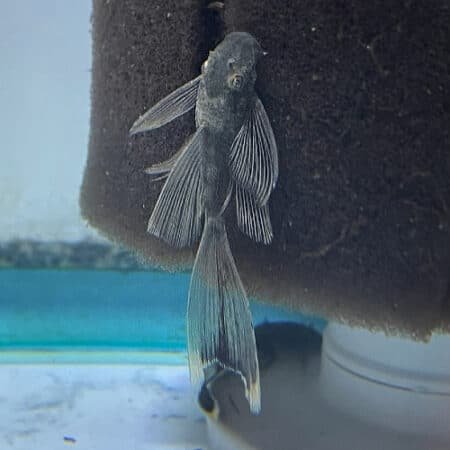

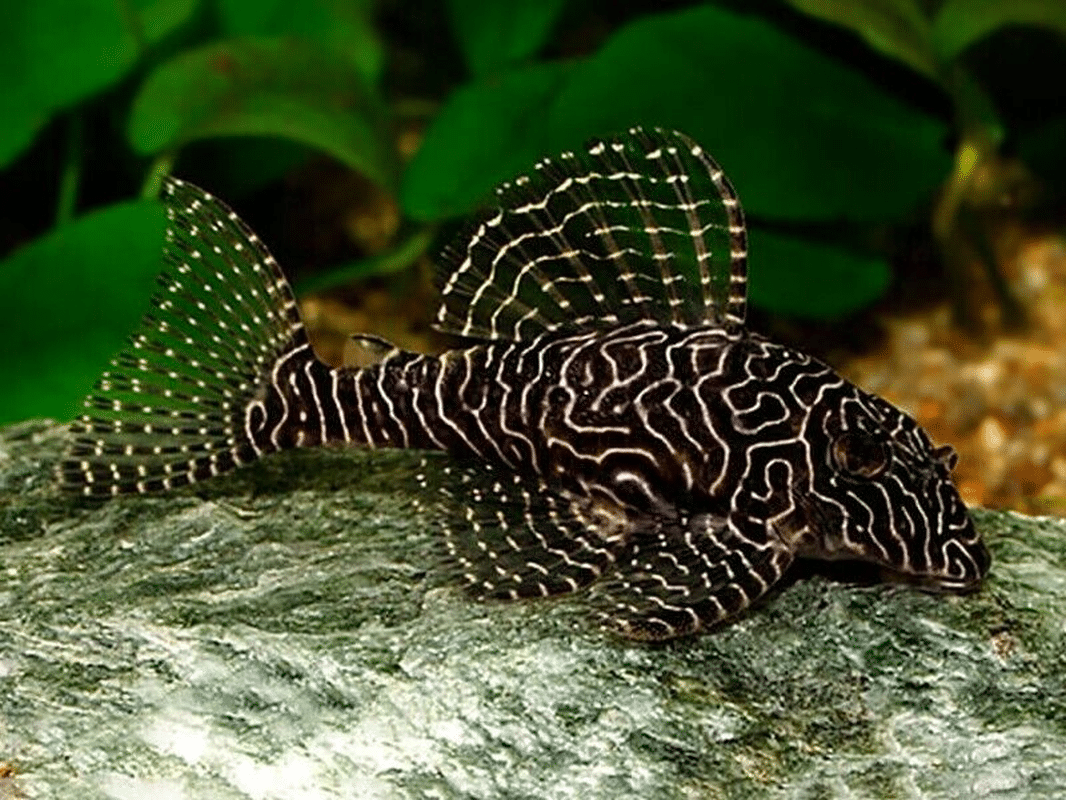
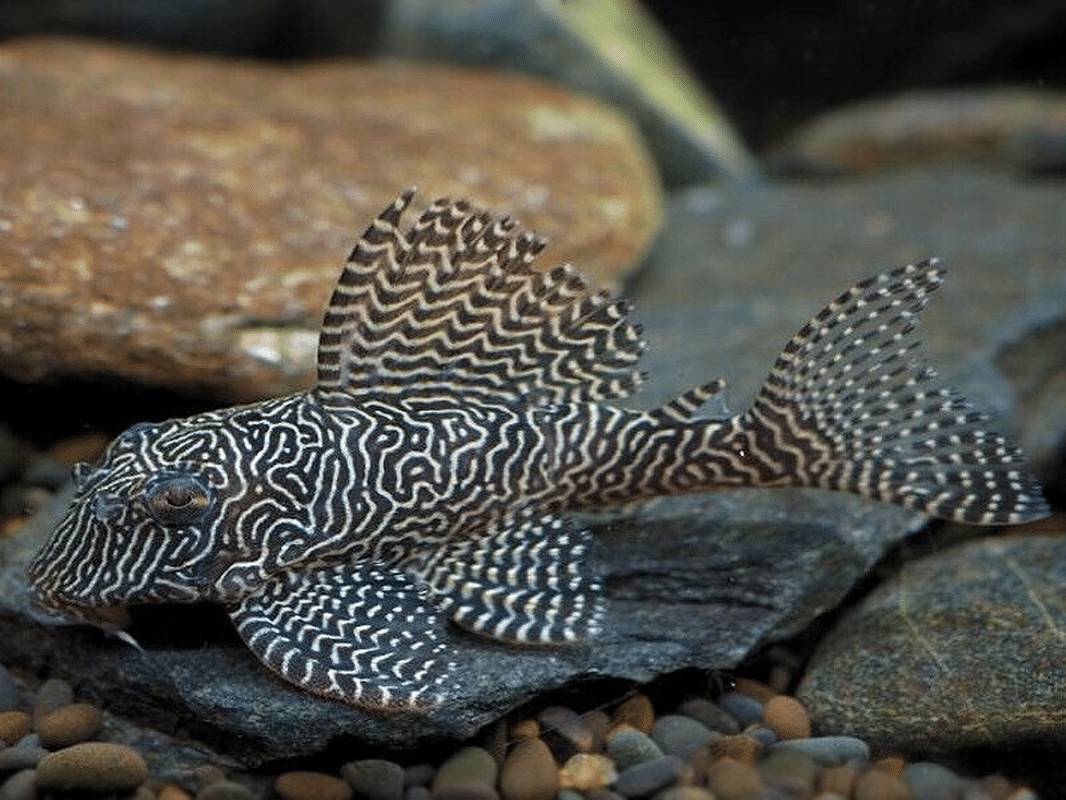
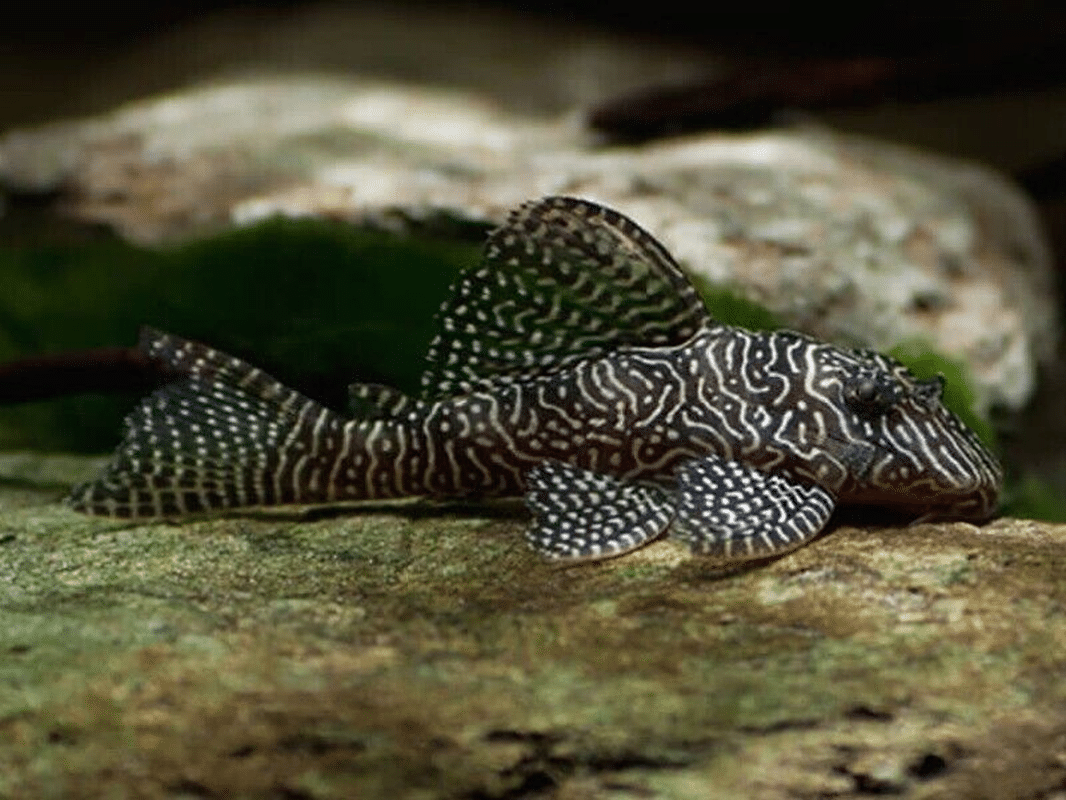


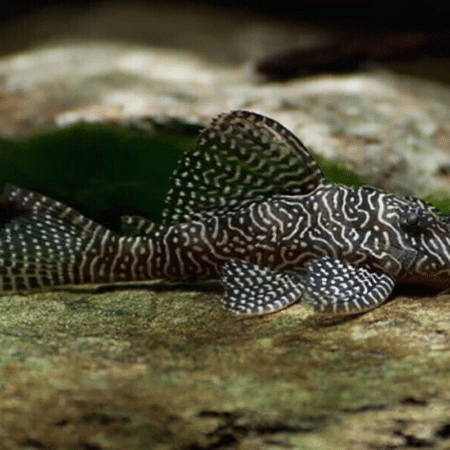
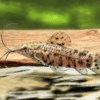








Emily Richards (verified owner) –
I recently added the L260 Queen Arabesque Pleco to my aquarium, and I couldn’t be happier! After about two months of having him, he’s really settled in beautifully. His stunning pattern and colors stand out against the plants, creating such a vibrant atmosphere in my tank. I love watching him graze on algae; he’s quite the little worker! Unlike other catfish I’ve had, the L260 is relatively peaceful and does well with my community of tropical fish.
One thing I appreciate is how he thrives in a varied environment—he enjoys hiding among the driftwood and plants, which I think keeps him happy and stress-free. My only minor concern is that he does require a good amount of space—so make sure your tank is at least 50 gallons to accommodate his growth. Overall, if you’re looking for an aquarium catfish that combines beauty with functionality, I highly recommend the L260. He’s perfect for both beginners and seasoned aquarists alike. You won’t regret adding this charming fish to your setup!
Emily Carter (verified owner) –
I recently added the L260 Queen Arabesque Pleco to my tropical fish community, and I couldn’t be happier! After about two weeks of observing him, I can tell he’s not only visually stunning but also a joy to watch as he explores the tank. His intricate patterns and vibrant colors really pop against the lush greenery of my aquarium. I’ve had him in a 75-gallon tank with other community fish, and he gets along wonderfully with everyone.
What I appreciate most is how low-maintenance he is, which makes him perfect for beginners like myself. He’s been actively grazing on algae, keeping the tank clean, and his calm demeanor complements the more active species perfectly. Compared to other catfish I’ve owned, he’s definitely the standout. His size is ideal—around 4 inches—making him manageable without overwhelming my smaller fish.
One minor concern is that he seems to enjoy hiding quite a bit, so providing plenty of caves and driftwood is essential. I highly recommend the L260 to anyone looking to enhance their tropical aquarium environment. He’s a beautiful, easy-care fish that has quickly become the star of my tank!